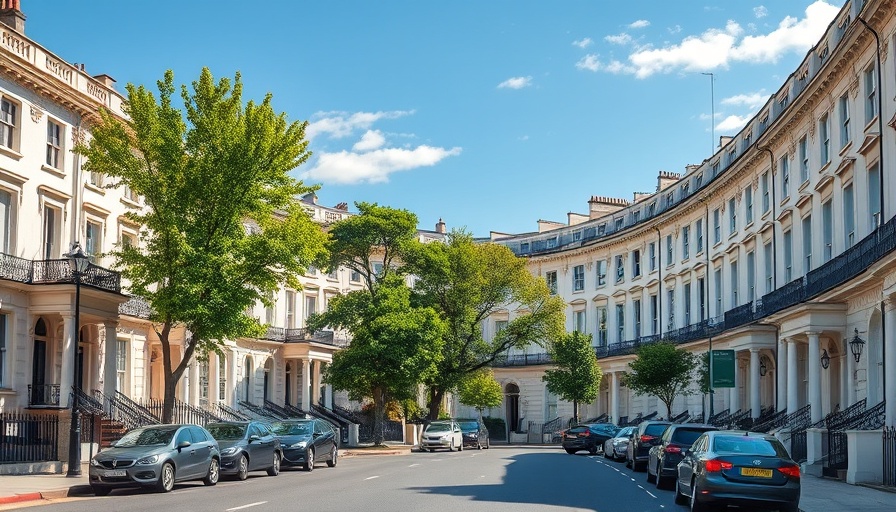
The Ambitious Vision for Labour’s New Towns
England is on the brink of a transformative era in housing development, with Labour unveiling plans to construct 12 new towns across the country. This initiative, heralded by Housing Secretary Steve Reed at the annual Labour conference, has the potential to deliver up to 300,000 homes and fundamentally reshape development patterns.
These new towns, each set to house at least 10,000 properties, will also feature essential amenities such as GP surgeries, schools, and green spaces, aiming for a community-centered development approach.
The Need for Housing
The urgency behind this plan comes from a long-standing housing crisis that has seen the UK grappling with a shortage of affordable homes. Current estimates suggest a staggering 4.3 million homes are needed to meet demand. With record numbers of families living in temporary accommodations, the stakes have never been higher. As Reed passionately stated, this initiative is about unlocking the doors to home ownership for hard-working families.
Logistical Hurdles for New Developments
However, the path to realization is fraught with challenges. The ambitious plans, reminiscent of the post-war housing boom led by Clement Attlee’s government, necessitate meticulous planning and vast financial investment. While the taskforce is exploring funding through a mix of public and private avenues, the financial viability and precise costs of these developments remain vague.
To further complicate matters, the locations chosen include a mix of greenfield developments and existing regeneration sites, which will undoubtedly attract both local and environmental scrutiny. For instance, the Crews Hill site, located on protected land in North London, has already seen community pushback, highlighting the importance of sensitive public engagement.
Compelling Benefits for the Community
If executed correctly, these new towns could generate economic growth, much like their predecessors in the post-war era. Historical data shows that towns like Hemel Hempstead and Milton Keynes not only met their population targets but significantly exceeded them, turning into thriving hubs of activity and commerce. With a robust plan emphasizing affordable housing and sustainable living—such as an anticipated focus on eco-friendly building materials like timber—these developments could set a new benchmark in property investment.
Moreover, the government plans to involve local communities in the decision-making process, which could enhance public support and ensure developments are not only economically viable but also culturally relevant.
Long-term Vision vs. Short-term Reality
Despite the government's optimistic rhetoric, the overarching question remains: will the Treasury match its funding commitments to match its grand ambitions? Analysts express skepticism about Labour’s target to deliver 1.5 million homes by 2029, noting that previous governments have consistently missed construction goals. As this multi-generational program unfolds, investors may find themselves waiting a decade or more for returns on what could be a politically volatile venture.
A Call to Action: Embrace Change in Your Community
For young homeowners and potential buyers in London, the upcoming developments represent not just houses but the potential for vibrant communities filled with opportunities. As planning and construction begin, staying informed and active in local discussions can help shape these projects to reflect the needs and desires of future residents.
This initiative offers more than just options for housing; it directs us towards sustainable living solutions and innovation in community structures. It's time for residents to engage with and advocate for developments that align with their visions for the future.
 Add Row
Add Row  Add
Add 




Write A Comment